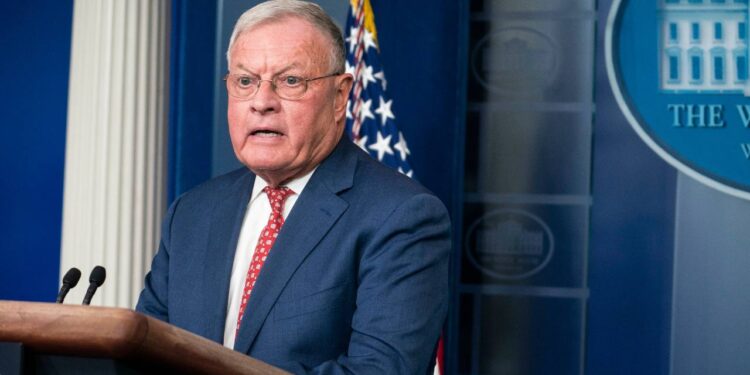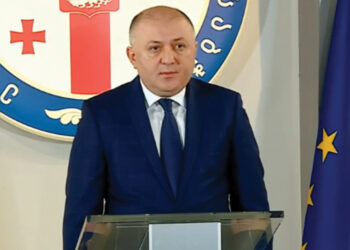US Special Envoy for Ukraine, retired General Keith Kellogg, has stated that President Donald Trump has granted permission for Ukraine to carry out long-range strikes on Russian territory using US-supplied weapons.
Speaking in an interview with Fox News, Kellogg explained that while Trump has given the green light, the Pentagon does not always allow Kyiv to exercise that authority. In his words, “The Ukrainians did not ask for American troops on the ground. They want weapons, the capability, and the permission to use them — and if they act accordingly, I believe that would be viewed quite positively.”
When pressed directly on whether Trump had indeed authorized Ukraine to use US weapons for deep strikes inside Russia, Kellogg answered affirmatively: “If we read what he has said, and also what Vice President Vance and Secretary Rubio have said, the answer is yes. Use the ability to hit deep. There are no such things as sanctuaries.”
He further recalled that Ukrainian President Volodymyr Zelensky, during his recent meeting with Trump, requested the transfer of “Tomahawk”-type cruise missiles, which have a range of up to 2,500 kilometers. Kellogg says no final decision has yet been made on this request, although US Vice President J.D. Vance has confirmed that the administration is considering whether to provide Ukraine with Tomahawks.
Russia has reacted sharply to these developments, warning that the use of long-range US weapons against targets inside its territory would amount to direct American involvement in the conflict. Kremlin officials have questioned whether American personnel might assist Ukraine in targeting or launching such strikes, which Moscow views as a serious escalation.
The discussion around Tomahawk missiles is particularly sensitive because their range would allow Ukraine to strike high-value strategic sites deep inside Russia. Until recently, Ukraine had been limited to shorter-range systems such as ATACMS missiles, with a range of about 190 kilometers. It was only in late 2024 that the US authorized Kyiv to use ATACMS against Russian territory. Analysts say that granting Ukraine access to Tomahawks would mark a dramatic escalation of Western involvement in the war.
The debate has also spilled into US domestic politics. Congressman Don Bacon recently claimed that Defense Secretary Pete Hegseth has been “routinely blocking” long-range Ukrainian strikes, despite Trump’s personal approval. Kellogg says, however, the guiding principle remains simple: “Everyone must act in line with what President Trump decides.”
Kellogg’s role itself has undergone changes. Earlier this year, Russia formally objected to his involvement in Russia-Ukraine negotiations, prompting Trump to narrow his mandate to Ukraine only, excluding any official dealings with Moscow. Nevertheless, he remains one of the administration’s most vocal advocates for giving Ukraine the freedom and capability to strike Russian targets.
Meanwhile, the fighting on the ground continues. Russia has intensified large-scale drone and missile attacks against Ukrainian cities and infrastructure. In response, Ukraine has carried out its own long-range operations, including a recent strike using a modified Neptune missile against a factory in Russia’s Bryansk region, some 150 miles from the border.
Trump himself has also hardened his rhetoric on the war. In a recent social media post, he argued that “it is very hard to win a war if you are not allowed to strike the invader’s country.” Comparing Ukraine’s situation to a sports team forbidden from attacking, he claimed that his predecessor Joe Biden had tied Kyiv’s hands by restricting its ability to launch counterstrikes. “This war would never have happened if I had been president,” Trump insisted, adding that Ukraine can not only regain its lost territories but potentially go even further.
As Ukraine presses for more advanced weapons and Washington weighs whether to provide Tomahawks, the stakes are rising both on the battlefield and in US-Russia relations. The question now is whether Trump’s new approach will open the way for a broader Ukrainian counteroffensive into Russian territory, or whether the Pentagon and America’s allies will seek to restrain such moves to avoid a dangerous escalation.














